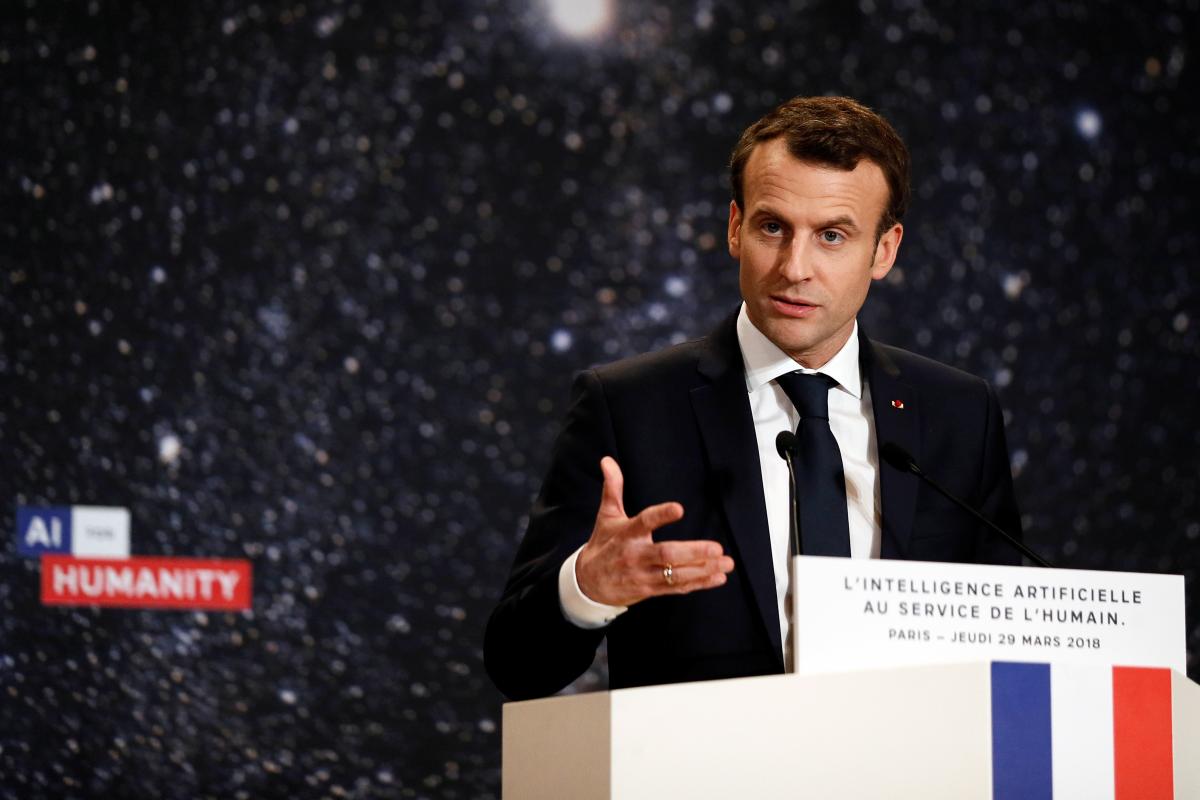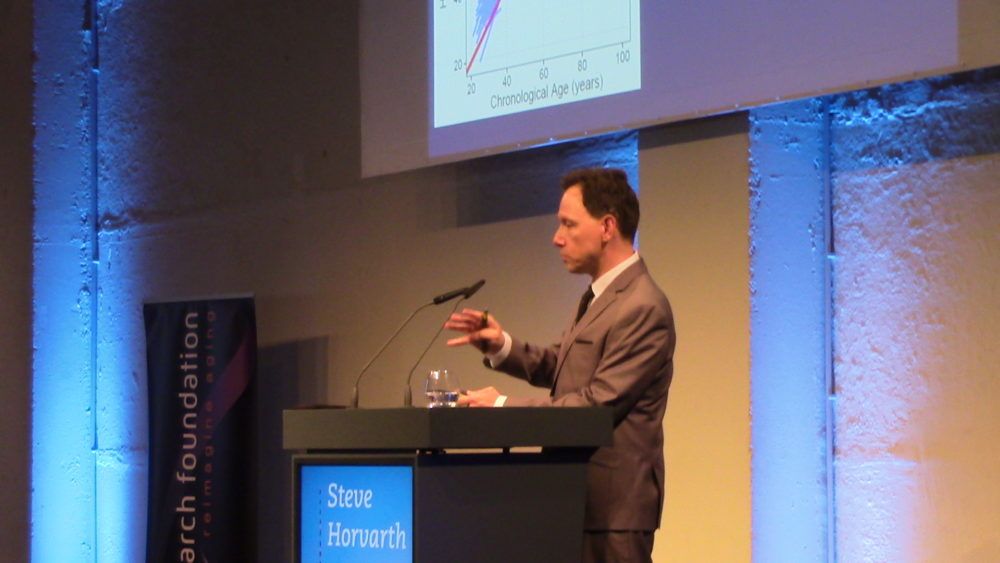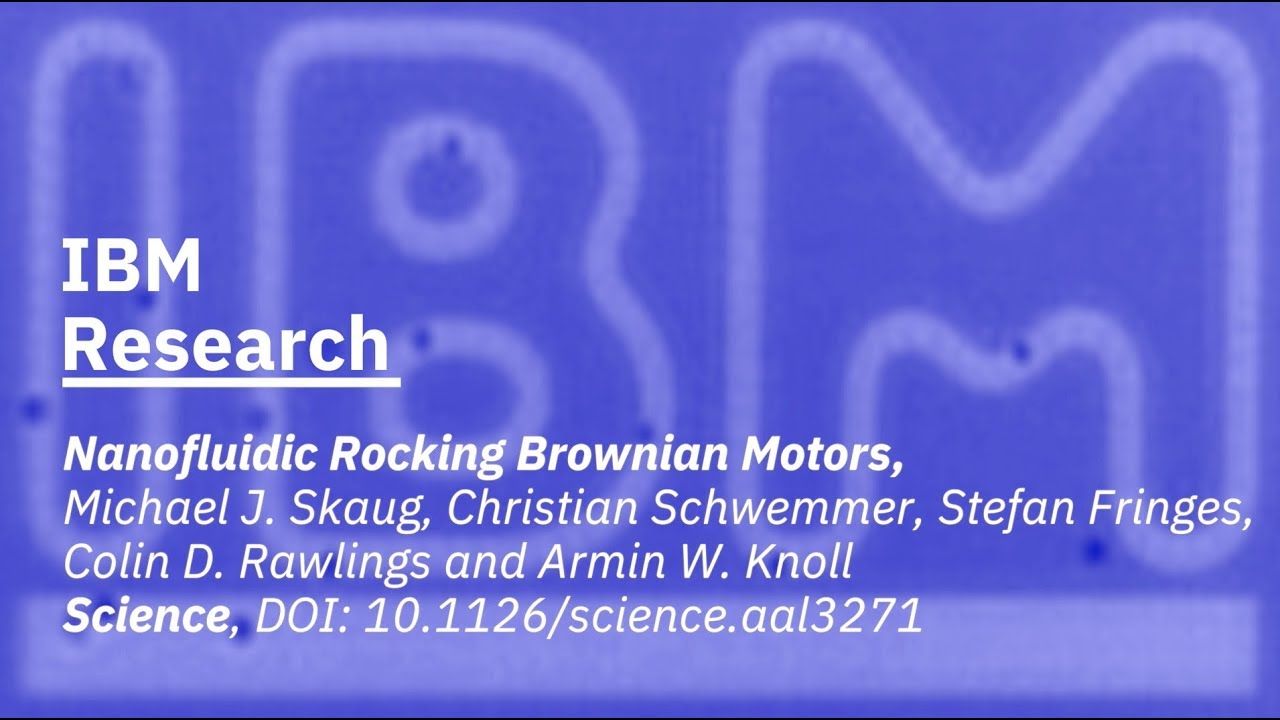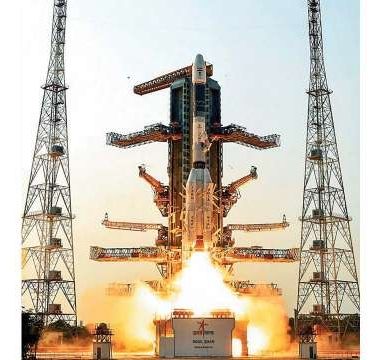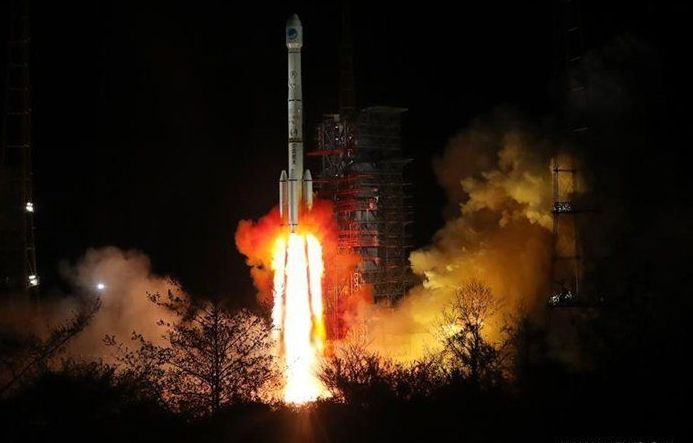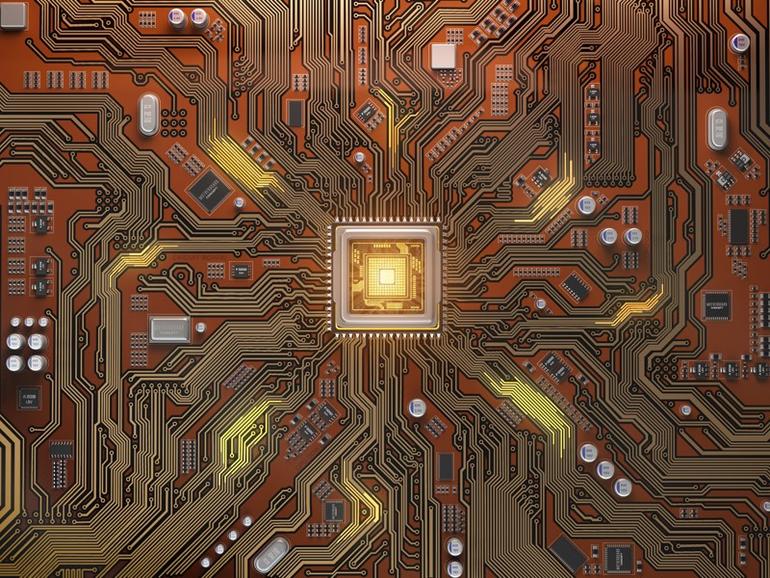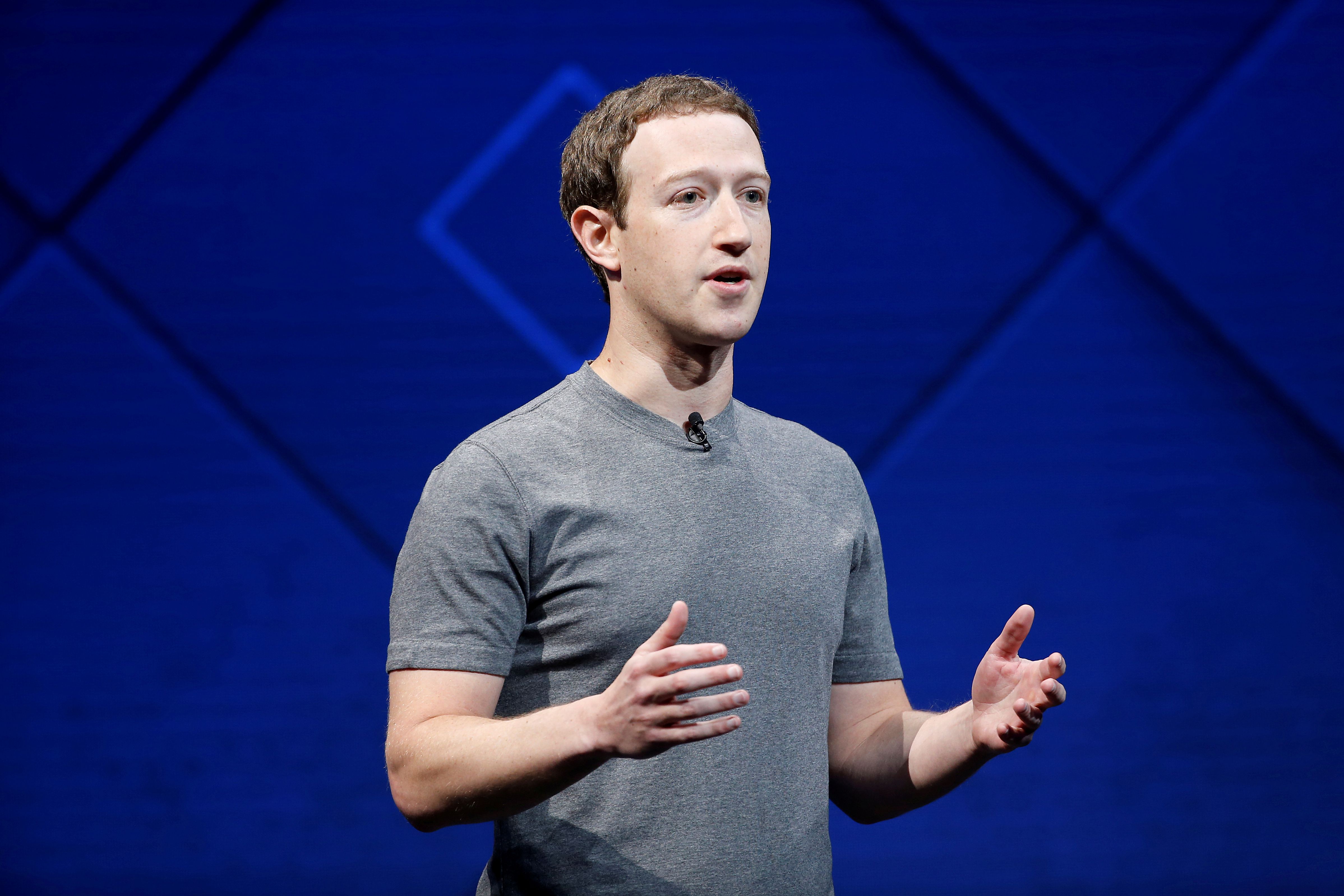PARIS (Reuters) — French President Emmanuel Macron promised 1.5 billion euros ($1.85 billion) of public funding into artificial intelligence by 2022 in a bid to reverse a brain drain and catch up with the dominant U.S. and Chinese tech giants.
French President Emmanuel Macron delivers a speech during the Artificial Intelligence for Humanity event in Paris, France, March 29, 2018. Etienne Laurent/Pool via Reuters.
